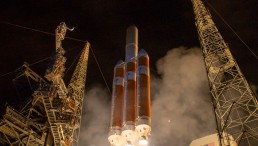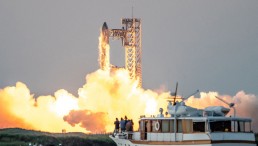pollution
Paris Shuts Down Traffic in the City, Saving Babies In the Process
Finding Bright Solutions to Smog in the ‘City of Lights’
Finding Bright Solutions to Smog in the ‘City of Lights’
Human Poop Becoming a Serious Littering Issue on Mt. Everest
Fertilizers Pose a Threat to the Future of Our Planet
Pushed to the Brink—Humans Put Earth in 'The Danger Zone'
Human Activity May Lead to a Bleaker Life Under the Sea
Yellowstone's Thermal Springs - Pollution and Their Unique Coloration
Plastic Pollution Causes ‘Tons’ of Problems as New Estimates Reveal Litter on the Rise
Video: Global Warming a Myth Says Weather Channel Co-Founder
Air pollutants have been linked to development of Autism Spectrum Disorders, according to a recent study
Most Popular

Use of Artificial Intelligence in Developing Cost-Effective Respiratory Medicines

HIPAA Compliance in the Age of Big Data

The Role of Low Carbon Aluminium in Sustainable Manufacturing

Innovations in Clinical Research: 2024 and Beyond





